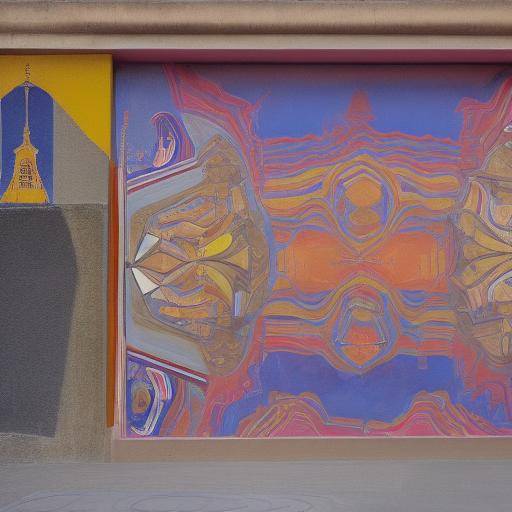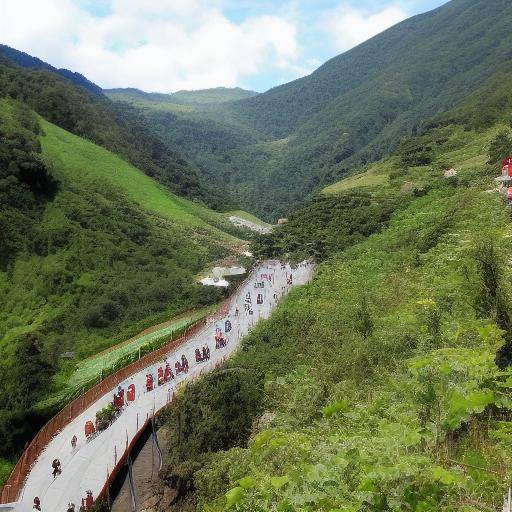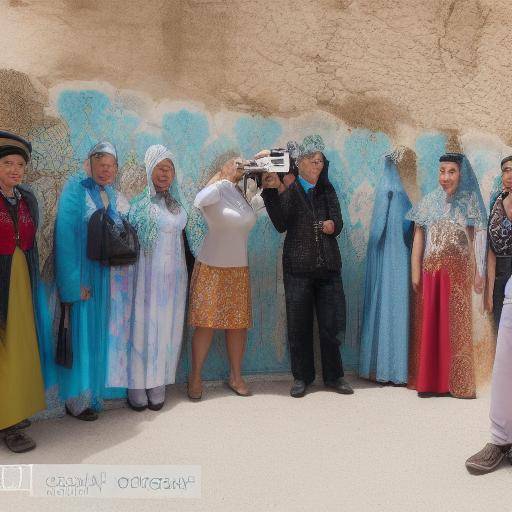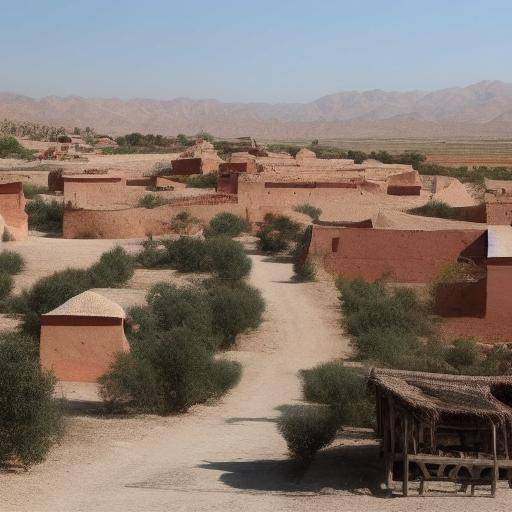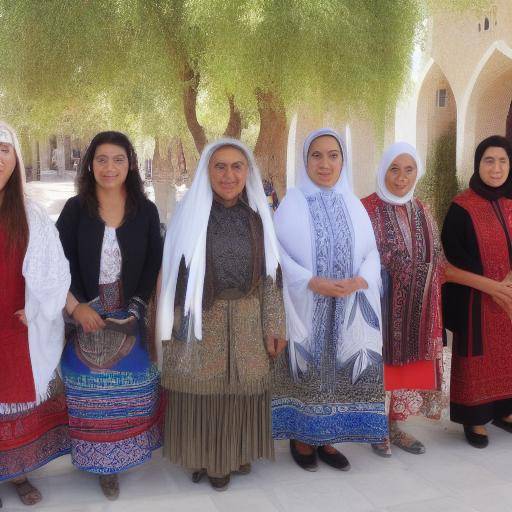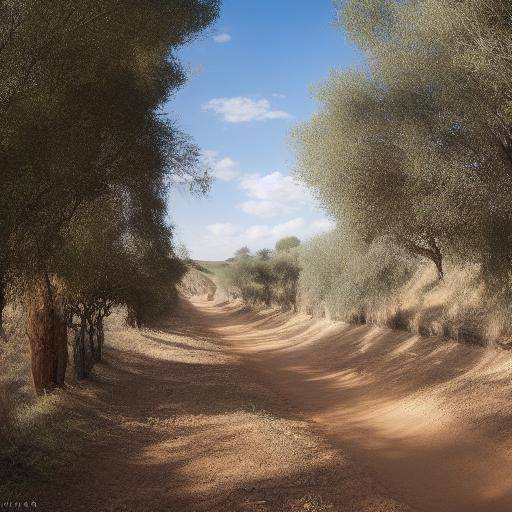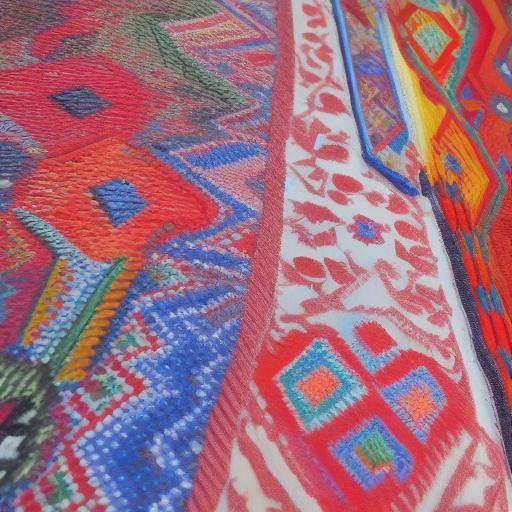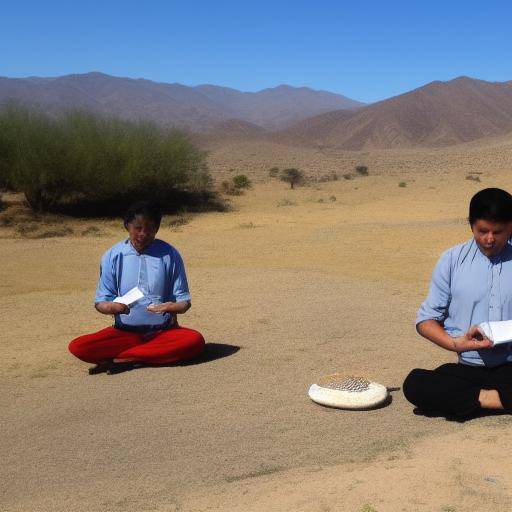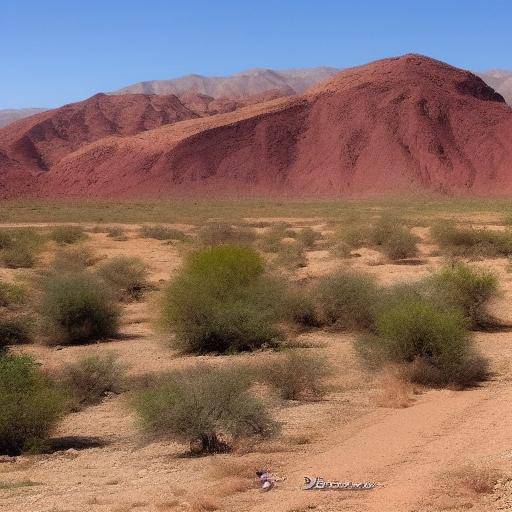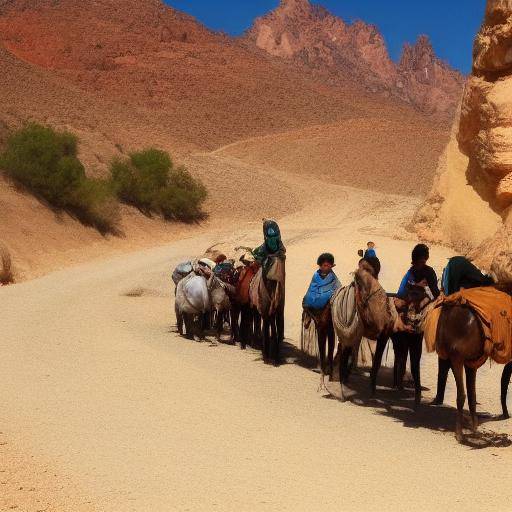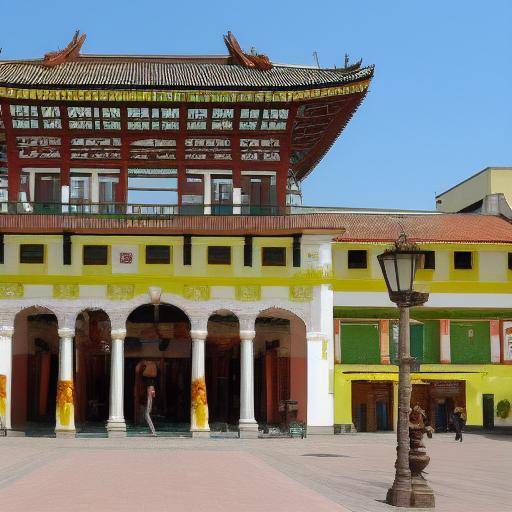
The Silk Road is a historic treasure that has left its mark on civilizations over the centuries. Uzbekistan, a land of majestic ancient cities, is a focal point in the history of this legendary commercial route. In this article, we will explore in depth the fascinating history and legacy of the Silk Road in Uzbekistan, as well as the wonders of the ancient cities that served as key nodes in this historic commercial network. From its origins in antiquity to contemporary influence, we will unravel the secrets behind this legendary route and its impact on Uzbekistan.
Introduction
The Fascinating Silk Road
The Silk Road has been the birthplace of cultural, commercial and technological exchanges for more than two millennia. Connecting East and West, this historic trade route played a crucial role in disseminating ideas, products and knowledge through vast distances.
Uzbekistan: Treasure of Old Cities
Uzbekistan, with its rich legacy of ancient cities such as Samarkand, Bukhara and Jiva, is a jewel in the crown of the Silk Road. These cities have preserved the essence of the golden era of the commercial route and continue to amaze visitors with their architectural splendour and historical legacy.
In this article, we will take a journey in time to explore the splendour past of the Silk Road in Uzbekistan, revealing the historical treasures of ancient cities that continue to tell the stories of their past glory.
History and Background
Origins and Development of the Silk Road
The history of the Silk Road dates back to the second century BC, when the ancient civilizations of China, Persia, India and Rome interwoven through this vast theatre of commerce. Traders carried silk, spices, jewellery and porcelain, while the exchange of ideas, religions and technologies also flourished along the route.
The splendor of the Ancient Cities
Old cities in Uzbekistan, such as Samarkand, known as "the jewel of the East", were prosperous centers of commerce and culture along the Silk Road. The palaces, mosques and madrasas in these cities testify to the greatness and sophistication of the civilizations that prospered along the route.
Developments and Key Moments
During its peak, the Silk Road became a unifying force that transcended political and cultural borders, leading to an unprecedented flourishing of trade and cultural exchanges between the East and the West. This had a lasting impact on the configuration of the modern world.
Analysis in Deep
Current Benefits and Challenges
Today, the legacy of the Silk Road remains evident in Uzbekistan, with tourism and historical heritage playing a key role in the country's economy. However, the preservation of old cities and their sustainable management presents challenges that require careful consideration to ensure the long-term conservation of these historic treasures.
Current Outlook and Trends
The renewed interest in the Silk Road as a tourist destination, as well as the efforts to preserve the heritage, are contributing to a resurgence of the historical legacy of Uzbekistan. This cultural rebirth offers exciting opportunities for the country and promises to keep alive the legacy of the Silk Road for generations to come.
Full review
Applications, Case Studies and Best Practices
The preservation of the heritage of the Silk Road and the ancient cities of Uzbekistan is essential for its continued role as cultural and tourist assets. Good practices in the conservation, management of tourism and promotion of heritage are fundamental to ensuring that these historical wonders pertain to future generations.
Comparative analysis
The Silk Road, with its network of trade routes, and Uzbekistan, with its ancient cities, share a rich history intertwined. Both represent tangible testimonies of the cultural and commercial influence that has influenced humanity for centuries. However, they also present contrasts that shed light on the diversity of influences and legacies that converge in this region.
Practical Tips and Accessible Tips
Preservation of Heritage
- Promote sustainable tourism practices to protect heritage.
- Support the restoration and conservation of monuments and historical sites.
Cultural experiences
- Explore the historic heart of Samarkand and discover the Bukhara Citadel.
- Dip into the rich crafts and traditions of the ancient cities of Uzbekistan.
Industry Perspectives and Expert Reviews
Interview with a Renamed Archaeologist
"The Silk Road and the ancient cities of Uzbekistan are invaluable treasures that connect us with our shared past. The preservation of this heritage requires a balanced approach that promotes its public access while ensuring its safeguard for future generations. "
Case Studies and Real Life Applications
Sustainable tourism
Uzbekistan ' s approach to sustainable tourism has led to the creation of educational programmes that promote appreciation and respect for old cities, while fostering conscious and respectful tourism.
Future Trends and Predictions
Cultural Renaissance
The boom in tourism in the region is expected to boost the restoration and continued conservation of the ancient cities of Uzbekistan, bringing with it a cultural resurgence that revitalizes the heritage of the Silk Road.
Conclusion
In conclusion, the Silk Road in Uzbekistan is a living testament to historical and cultural wealth that has united civilizations over the centuries. Through the preservation, promotion and appreciation of the heritage of the Silk Road and the ancient cities of Uzbekistan, we can ensure that these wonders perish for generations to come, enriching our lives with their historical and cultural legacy.
Frequently asked questions
What are the oldest cities in Uzbekistan?
Uzbekistan has remarkable ancient cities such as Samarkand, Bukhara and Jiva, which have played a crucial role in the history of the Silk Road and remain emblematic tourist destinations today.
What is the historical and cultural importance of the Silk Road?
The Silk Road had a significant impact on the diffusion of knowledge, technologies, art, religions and products between the East and the West, playing a crucial role in global history.
How has the Silk Road now influenced Uzbekistan?
The legacy of the Silk Road remains a vital influence on tourism, culture and the economy of Uzbekistan, attracting visitors from around the world and preserving its historical legacy.
What measures are being taken to preserve the old cities of Uzbekistan?
Uzbekistan has implemented sustainable tourism programmes and conservation projects to protect and preserve old cities, promoting responsible management of historical heritage.
What are the impacts of tourism in the old cities of Uzbekistan?
While tourism can generate revenue and promote heritage preservation, it also poses challenges in terms of conservation, visitor management and preservation of the authenticity of historical sites.
What is the future of the Silk Road and the ancient cities of Uzbekistan?
The boom in sustainable tourism and preservation efforts are expected to continue to strengthen the historical and cultural legacy of the Silk Road and the ancient cities of Uzbekistan, ensuring its importance for future generations.
As we explore the historical and cultural wonders of the Silk Road in Uzbekistan, we marvel at the greatness of its past and we envision the potential of its legacy for the future. With proper preservation and promotion, these historic jewels will continue to illuminate the path to our shared past, enriching our lives with their eternal splendor.
With this, we invite you to immerse yourself in the fascinating world of the Silk Road and discover the majesty of the ancient cities of Uzbekistan, where the past and the present converge in a symphony of history, culture and legacy.
Reference links:
- UNESCO World Heritage Centre - Samarkand
- National Geographic - The Silk Road
- Ministry of Tourism of Uzbekistan
With this, we concluded our journey through the fascinating Silk Road in Uzbekistan, in the hope of having aroused in you the curiosity to further explore this land of ancient history. That this article has been an open window to a world of historical and cultural wonders that await to be discovered.

